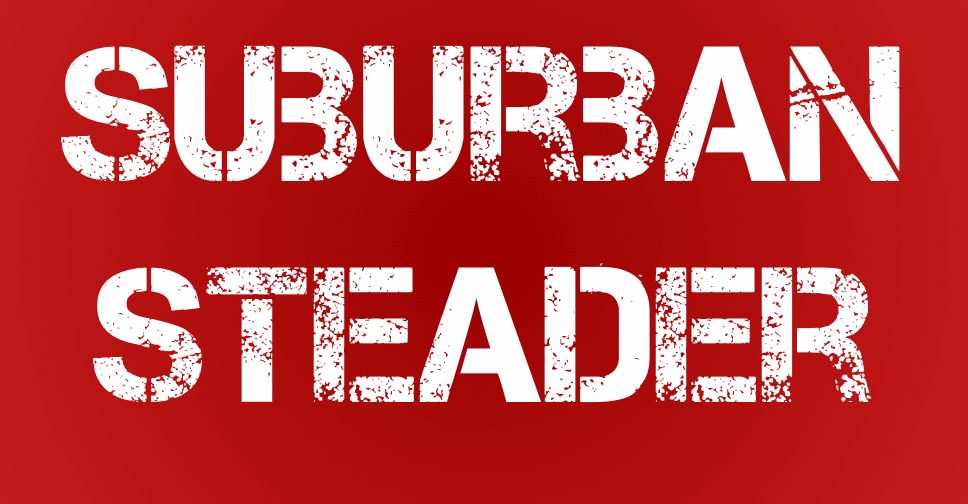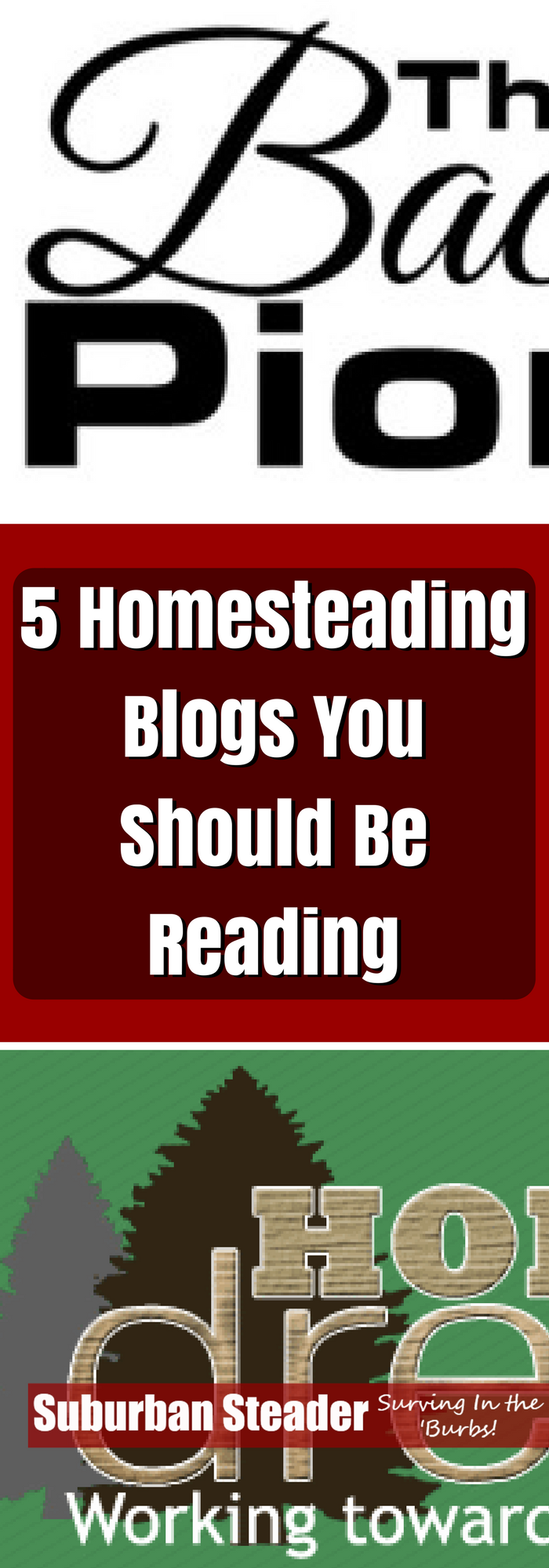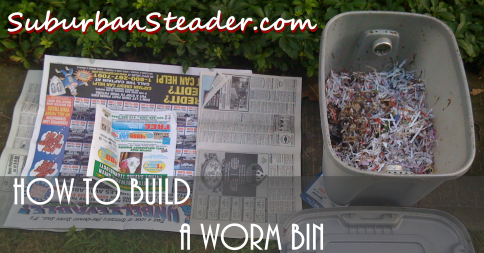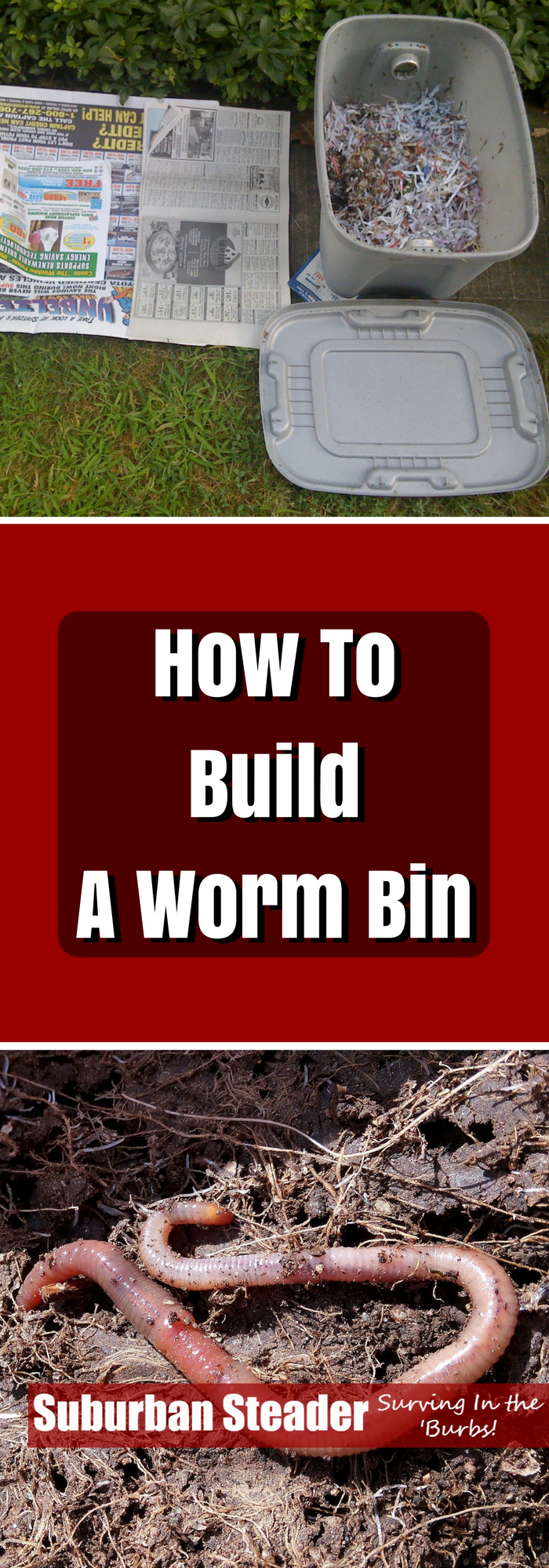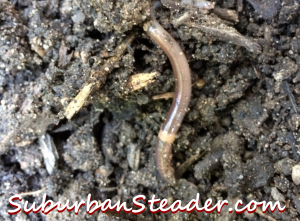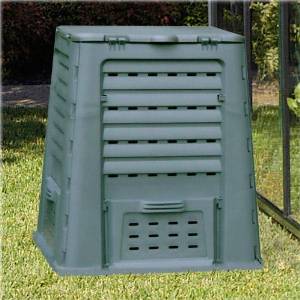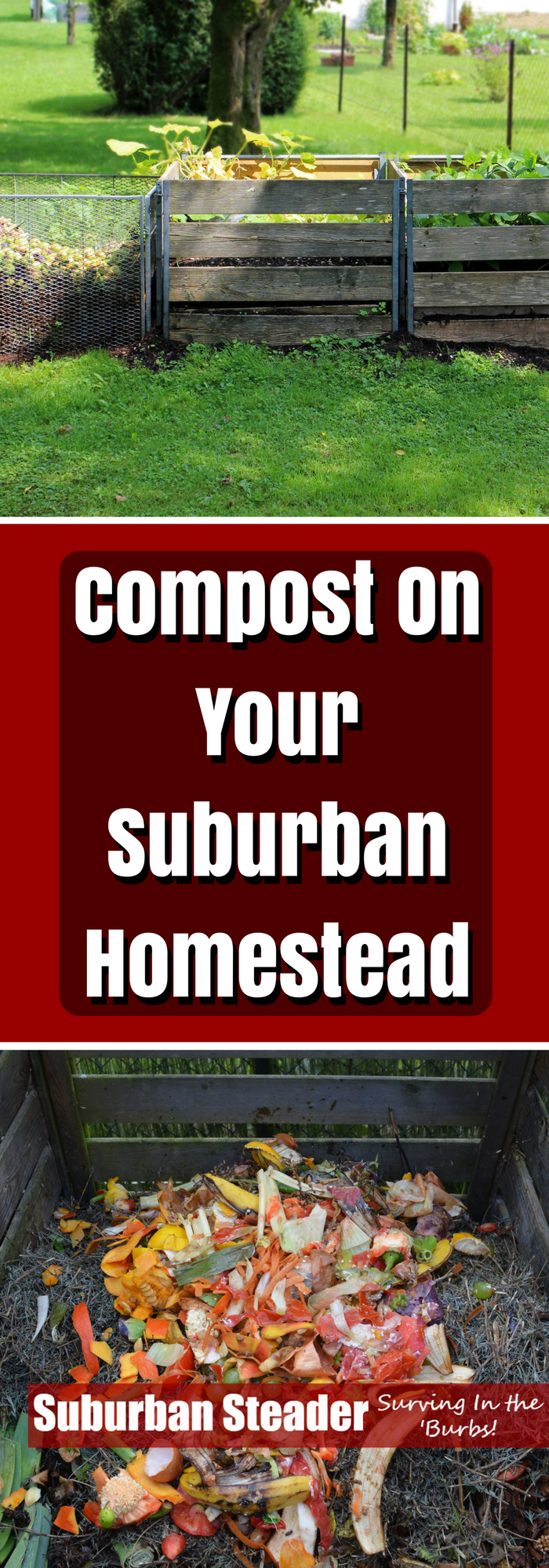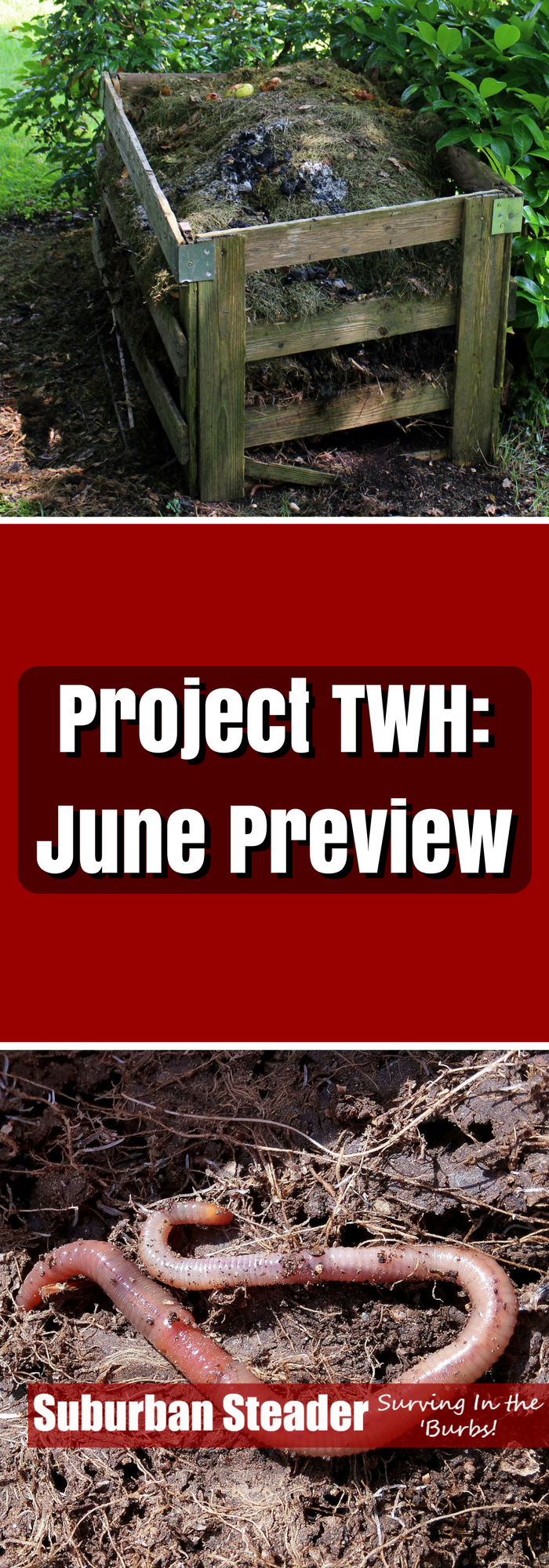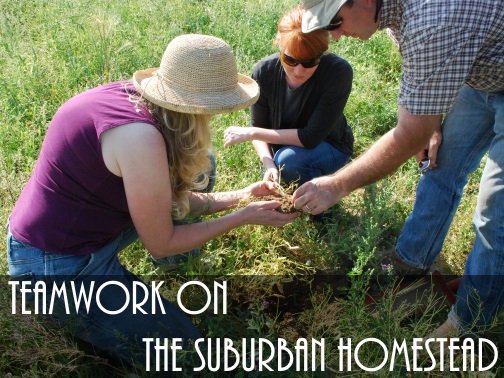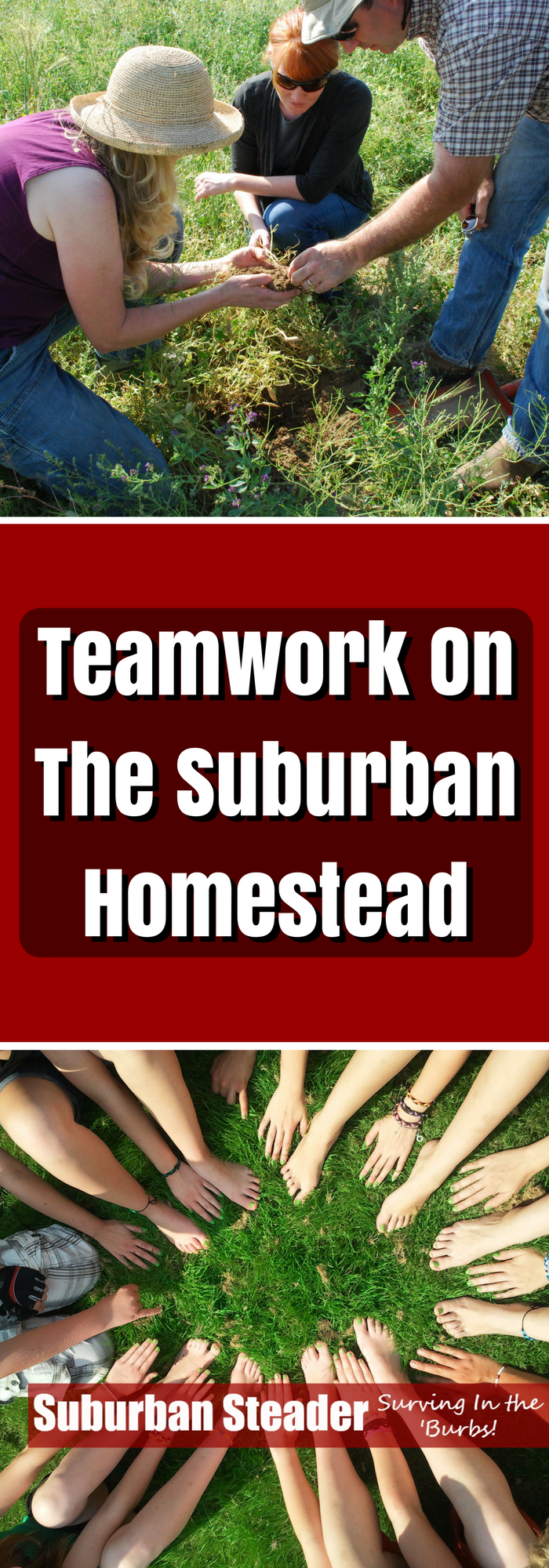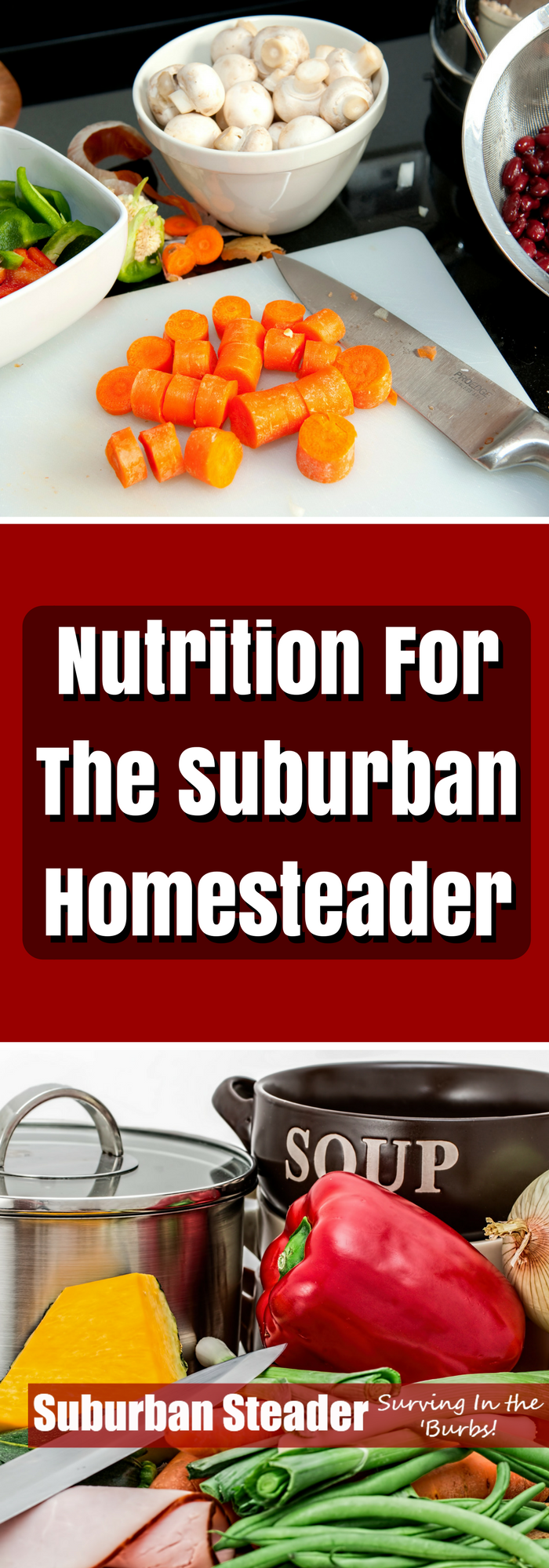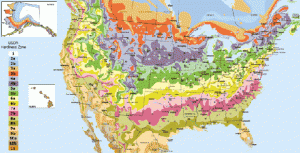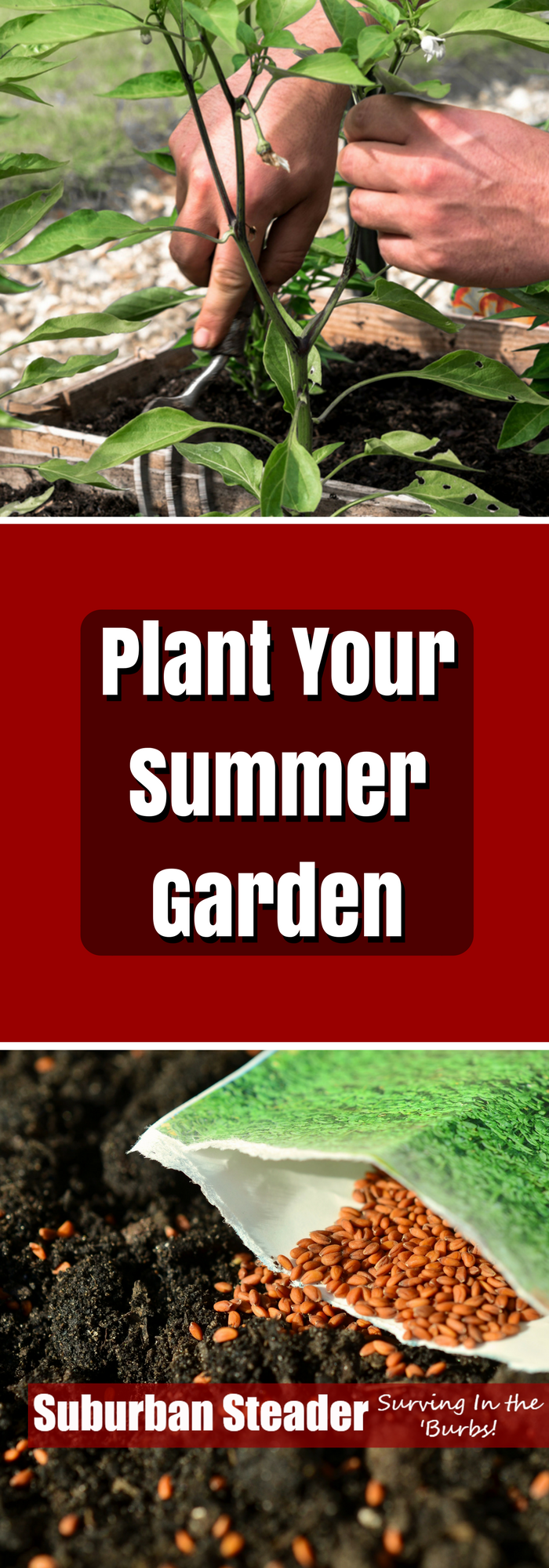Survival Hax Survival Shovel Review
I was recently approached by Survival Hax to review a new shovel they had come out with. The Survival Hax Survival Shovel is filling a void in the marketplace for a budget-friendly, collapsible shovel. It’s small and lightweight which makes it conceptually ideal for hiking and backpacking. Likewise, it’s adjustable which promotes ease of use. Come check out what I thought of the shovel and where it fits into my daily loadout.
Product Description
Survival Hax describes their Survival Shovel as “a durable yet lightweight portable folding shovel made for the outdoors. With a serrated edge on one side, our trowel can be turned into a saw to cut away brush or make kindling. This multi-purpose shovel also doubles as a pickaxe and has a fire starter flint.”
It measures 24 inches long when unfolded and collapses to 8.6 inches wide by 8.2 inches high. The whole unit weighs about 2lbs.
The shovel head is steel manganese with the handle being steel as well. The orange adjustment bolt is made out of an aluminum alloy.
The overall technical specs are as follows:
Technical Specs:
- Full shovel length: 24in
- Pickaxe length: 16.9in
- Folded shovel length: 8.6in
- Handle length: 16.1in
- Head length: 8.2in
- Head width: 5.9in
- Pickaxe length: 5.3in
- Fire Starter length: 2.3in
- Carry bag: 9.8in x 7in
- Weight: 2lbs
The Pros
The Survival Hax Survival shovel does have some things going for it. First is its compact nature when folded up. I was able to throw this shovel in my backpack and have it take up very little room. It’s nice to be able to stow a shovel into my pack and not have to lash an oddly shaped item to the outside of it.
The second thing I liked about the Survival Hax Survival Shovel was the versatility. The shovel and pickaxe can be oriented in many different orientations thanks to the adjustability of the orange adjustment bolt. The adjustability allows you to attack the ground from many different angles than a traditional shovel. The “serrated” and “blade” edge of the shovel also present the possibility of this being a cutting tool.
The Cons
There are quite a few things working against the Survival Hax Shovel. Let’s start at the blade end and work up the handle.
The shovel blade and pickaxe themselves have a few issues. The shovel itself performed well as a shovel. The pickaxe performed equally as well. Keep in mind that Long Island is just a big freaking sandbar so our soil isn’t terribly difficult to dig in. The edge of the shovel is serrated and supposed to be sharp on the other side. Well, neither of these blades were all that sharp or useful. That being said, they were there and, with a file and some elbow grease, they would be useful.
The orange adjustment bolt is the first real issue I ran into. Survival Hax uses a fine thread on this bolt (actually, in all threaded areas of the shovel) and it takes forever to tighten and loosen the bolt. The fine thread is also is quite susceptible to sand getting in them and causing issues with tightening or loosening.
Further up, the handle extension threads on and has the same fine pitch problem I mentioned above. I found that trying to tighten the orange adjustment invariably meant the handle extension loosening up. The fine thread just doesn’t seem to lock up the way I’d want it to.
At the very end of the handle is the ferrocerium rod. I had very little luck getting quality sparks out of this rod (as you’ll see in the YouTube video review below). It’s nice to have, in a pinch, but I wouldn’t count on it. I did like that the tube was hollow and could be used to store more gear.
Overall Impression
I really want to say that the Survival Hax Survival Shovel is something everyone should have in their Bug Out Bag but I can’t wholly endorse it. It seems weak in construction to me (in fact, some have gotten it to fail during testing) and a lot of the shortcomings I mentioned above just don’t meet my tough criteria for being a “bulletproof” piece of equipment.
That being said, I do want to applaud Survival Hax. They’ve put together a budget-friendly piece of equipment that, with a few changes, could be a quality piece of equipment. If they changed the threading and improved the quality of the ferrocerium, I’d be more apt to recommend it. I’d also want to see the serrated edges either taken away or sharper.
Overall, the Survival Hax Shovel is a middle of the road shovel that has some nice perks (the pickaxe is a great addition in my opinion).
Personally, I’ll be putting the Survival Hax Survival Shovel in my truck to be used in snow removal situations. I absolutely trust it for that and can see it being a perfect tool for those kinds of jobs.
[youtube_sc url=”FQ_Kmfl6Azg” width=”400″]
Buying A Survival Hax Survival Shovel
If you’re interested in buying the Survival Hax Survival Shovel, you can buy them on Amazon.
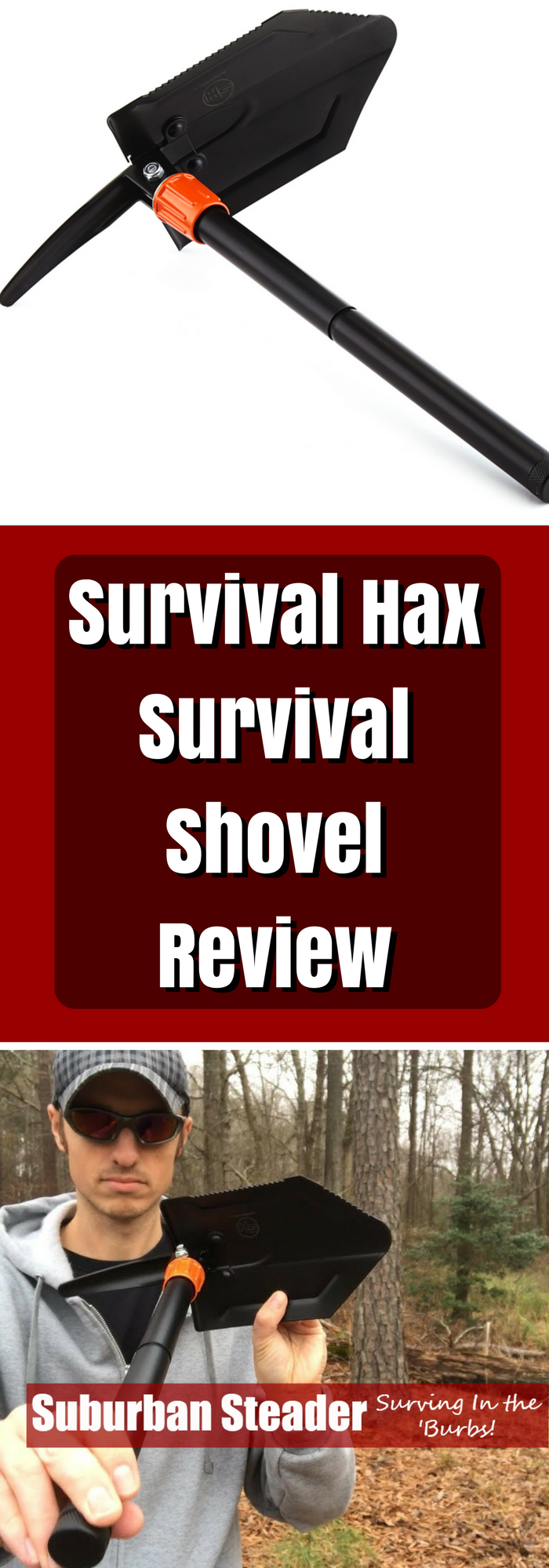
 Facebook
Facebook Twitter
Twitter Google+
Google+ YouTube
YouTube Pinterest
Pinterest Instagram
Instagram